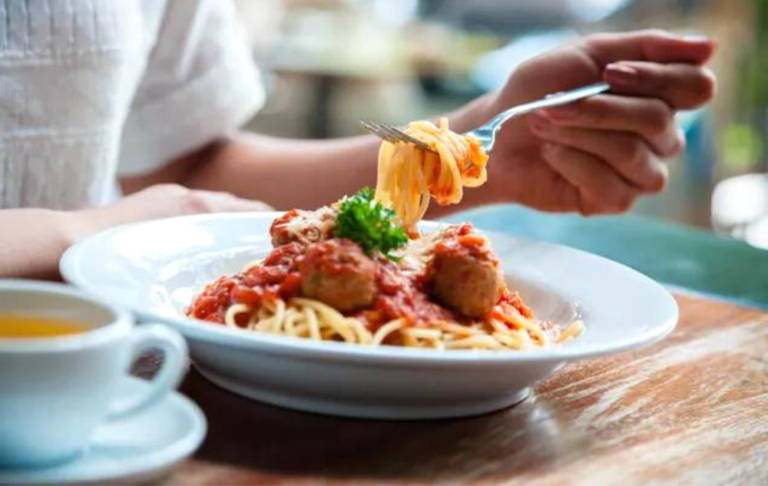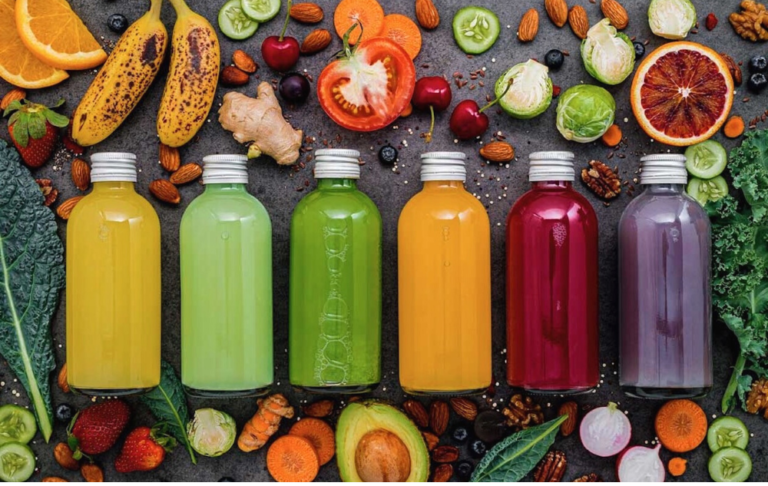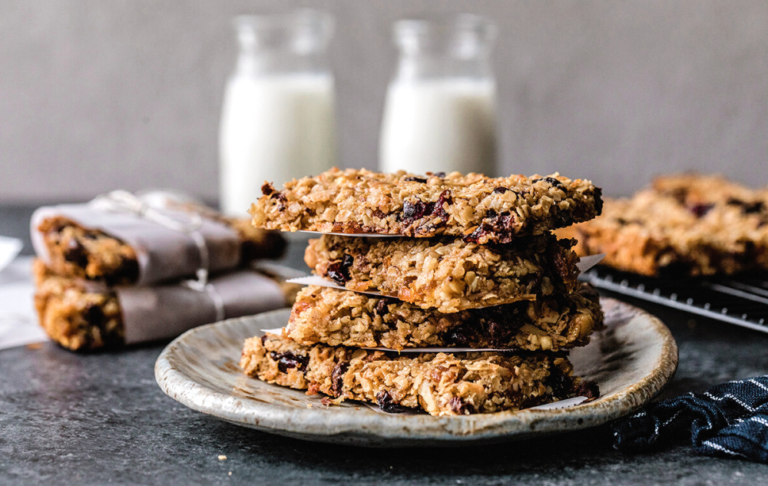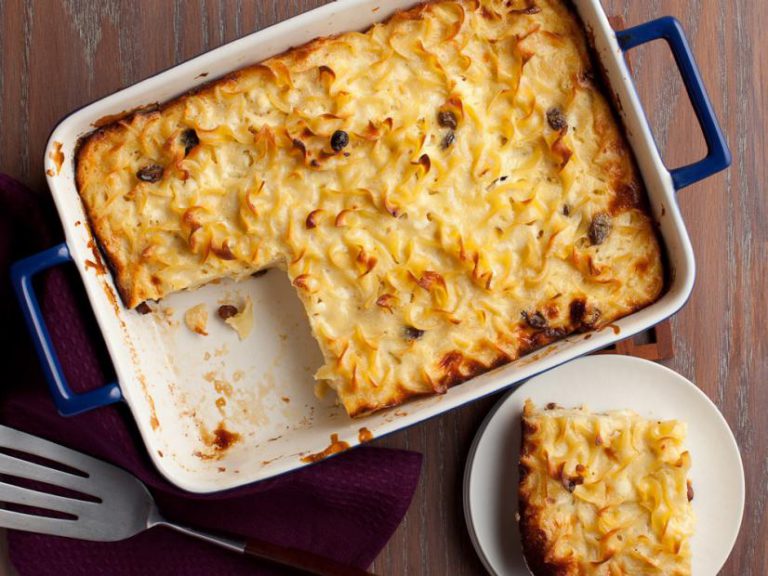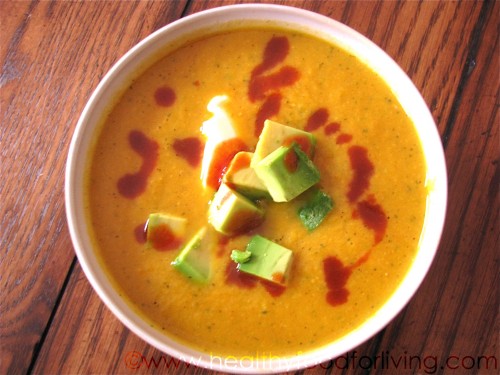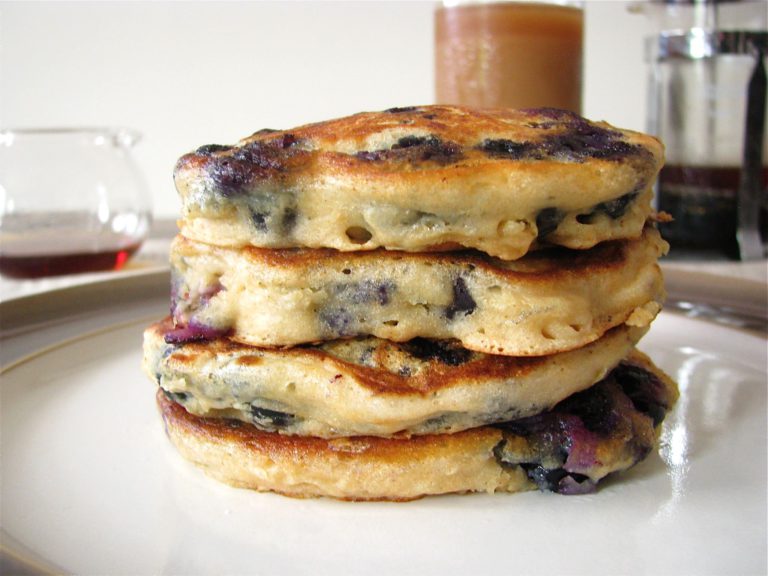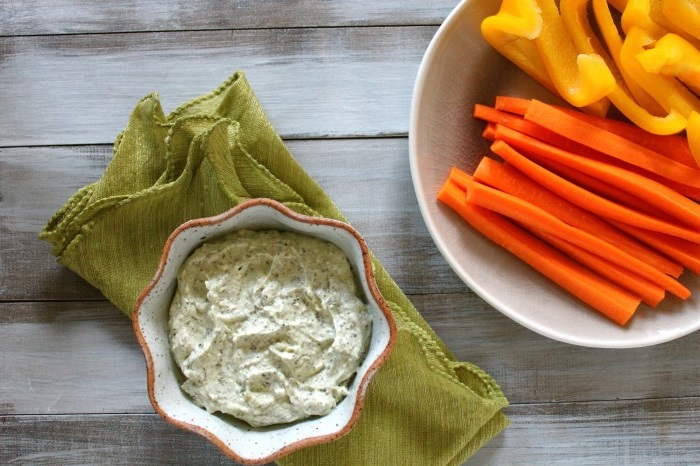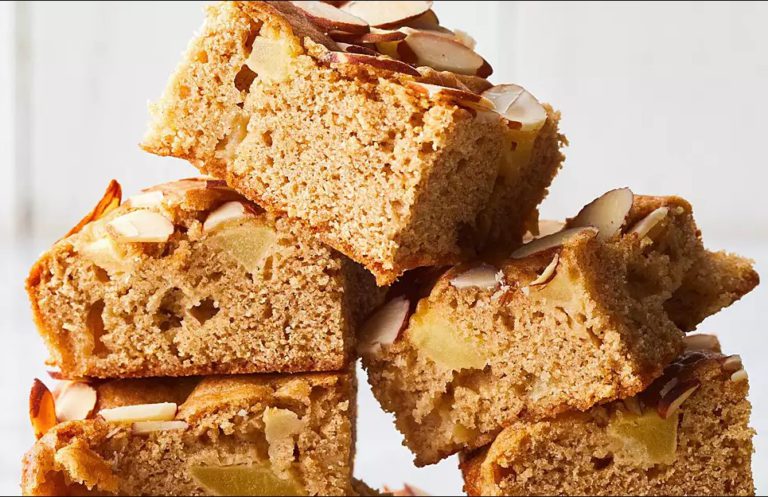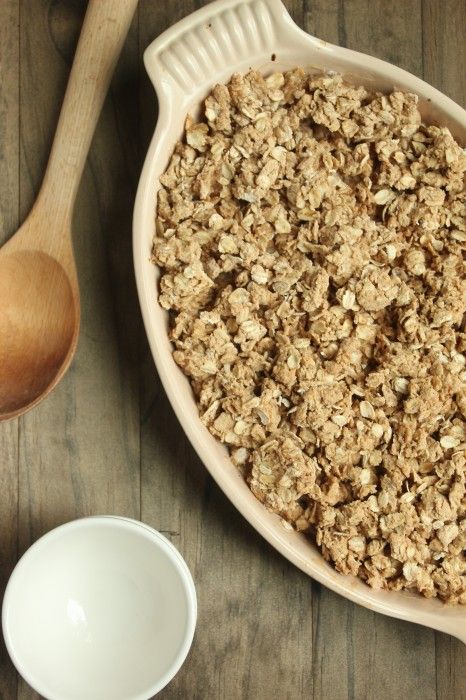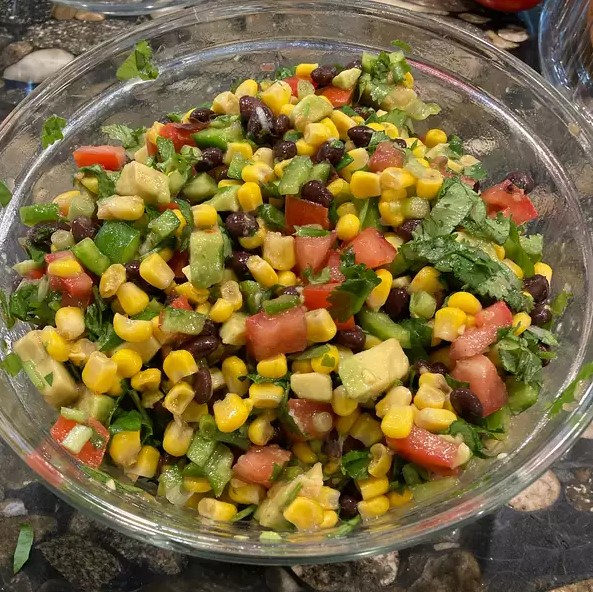Having a solid strategy makes reaching any objective simpler. When you stick to precise food plans, it becomes elementary. Therefore, you might try some Lean Cuisines if you’re looking for quick and simple diet food options. But are Lean Cuisines healthy?
Since lean cuisine meals often have few calories, some added health advantages exist. Although they only contain 6 grams of the crucial macronutrient, they are deficient in protein. The amount of vital fiber in several dishes is likewise far too low. Comparatively speaking, to other frozen meals, Lean has less salt. Eating lean food may assist with regulating cholesterol, diabetes, and weight loss.
So, why not give some Lean Cuisine dishes a try? It may help to maintain your diet easily!
What Are Lean Cuisines?

Lean Cuisines are essentially delicious and nutritious meal options. In 1981, Stouffer’s introduced it in the USA due to higher customer demand for weight control solutions.
Ever since, Lean Cuisine has grown to be people’s favorite and most dependable source for wholesome, tasteful meals that are simple to prepare and eat.
It gives a dining choice for everybody, whether they want convenience meals, moderate lunches, or straightforward meat and vegetable entrees.
There aren’t any fad diets or magic cures associated with Lean Cuisine Benefits. They are full of outstanding flavor, precise information, a robust nutritional base, and practical advice from licensed dieticians.
Lean Cuisine now provides a variety of recent items that adhere to popular dietary patterns, like gluten-free and low-carb dinners.
Benefits Of Lean Cuisine
Despite being processed food, Lean Cuisines offer some benefits. Let’s take a look at those facts:
Low In Calories
Consuming pre-portioned foods such as Lean Cuisine might allow you to cut back on your daily calorie consumption. Please remember that some professionals think Lean Cuisine meals might be too low in calories and micronutrients, using inert substances instead of actual food.
Some boxes have fewer calories and nutritional content than a granola bar, even though the appetizing pictures on their labels make it seem like each package provides a nutritious meal.
If you consume Lean Cuisine dinners frequently, be sure to do so as part of a diet supported by facts and nutritional principles.
Low In Fat
All Lean Cuisine products must abide by FDA regulations on the amount of fat, saturated fat, and cholesterol.
In other words, each serving of Lean Cuisine items must have 95 mg of cholesterol, 4.5 grams or even less saturated fat, and far less than 10 grams.
Manage Diabetes
You may be able to control your diabetes or perhaps prevent it if you consume Lean Cuisine foods daily. A study in Obesity shows that these prepackaged meals can aid in weight loss.
Shedding weight, whether it be 5 to 10 percent of your total weight, can benefit you in several ways. This includes reducing your hypertension, safeguarding your arteries, reducing your blood pressure, decreasing your chance of contracting sleep apnea, and boosting your vitality.
That is to say, it is unquestionably worthwhile to attempt!
Manage Cholesterol
High cholesterol levels are one of the leading heart disease risk factors. Therefore, it’s crucial to control your Cholesterol level.
Research that was just issued in the journal Obesity suggests that one method you might be able to achieve is by consuming Lean Cuisine dishes every day.
Since decreasing body weight can assist you in reducing the amount of LDL particles in your vessels, doing so might significantly reduce your chance of having a heart attack or stroke.
Controlling Portions
Choosing the right food portions to reduce weight can be challenging and complex. The job is done for you by prepackaged diet foods.
You receive the correct serving size at every meal and could even discover how to consume very little to lose weight. Comparing a regular diet, research shows that meals with reasonable serving sizes might result in higher weight reduction and stability.
Varying Taste
Your body can begin to want the less healthful varieties of such ready meals if you consistently consume Lean Cuisines. You can enjoy your favorite meals, like lasagna, mashed potatoes, and mac & cheese, when you consume Lean Cuisine dishes daily.
Simple To Prepare
Lean Cuisine is the easiest thing to make. You may have a whole bunch in just a few minutes by popping it in the oven.
It’s simple to reach for the fastest serving on hand when you’re starving and in the mood for a quick fix. This can occasionally be quick meals or high-calorie unhealthy snacks.
However, a frozen dish is quicker. Getting these available may rapidly satisfy your desires, preventing you from succumbing to diet-destroying foods.
Popular And Convenient
There is a sizable variety of freezing diet meals available once you are in the frozen food department of the grocery shop.
There are dinners from Italy, Asia, and Mexico and several of your traditional delicious meals. It follows that you can choose things that you are accustomed to consuming.
You can locate frozen dinners in any grocery shop, store them easily in your refrigerator, and even pack them in a relatively cool pack to go to work.
At the start of your reducing weight program, while eating healthy is most challenging, having traditional foods might allow you to stay to your plan.
Cost
Lean Cuisine is far less expensive for weight reduction than a diet delivery service. Every food might not even cost more than one on a well-known commercial diet such as Jenny Craig or Bistro MD.
To acquire the best value, most such programs demand that you sign up for a lengthy plan. You might also need to purchase the majority of the foods from the program to sign up.
Are Lean Cuisines Really Healthy?
When just calories are considered, meals with lean cuisine may seem healthful. Yet, many of them are rich in salt and poor in protein and fiber since they are highly processed.
Although it is healthier than other fast-food options as prepared foods, the entrees are not exceptionally high in nutritional value.
Lean Cuisine meals are somewhat more nutritious than certain frozen foods since most of them don’t include chemicals.
Are Lean Cuisine Meals Good For Weight Loss?
Frozen dinners from Lean Cuisine can aid with quantity and calorie restriction. These two components are definitely necessary for a diet that promotes weight loss.
There is a considerable probability that you won’t be able to lose weight if you don’t exercise portion and calorie management. Lean Cuisine eliminates the need to check or count calories to obtain the ideal serving size.
Are Lean Cuisine Meals Good For Pregnancy?
It can be challenging to eat properly while you’re pregnant since it costs money and takes time.
Once you are expecting, you should avoid eating frozen meals like lean Cuisine. They include a lot of artificial additives while being low in calories and fat. Salt levels in frozen meals are also high.
Additionally, heating meals in the microwave is not advised if you are pregnant. However, if they are used in conjunction with generally healthy eating, it will be Ok.
Pre-prepared fast foods are therefore entirely safe to consume while pregnant if you follow the directions on the package and carefully keep, manage, and cook them.
Risks Of Lean Cuisines
Some people are content to consume Lean Cuisine meals every day since they typically taste very decent. However, you should be concerned about some facts!
Destroy Muscle
Low-calorie foods such as Lean Cuisines, which have far fewer calories per serving than dietitians advise, are among the most widely consumed frozen foods.
Your body suffers when you eat insufficient amounts of energy. Being more physiologically “costly” to sustain, the muscle will begin to be sacrificed by the body. As a result, after losing weight, you overeat.
High In Salt
Diet meals frequently include high salt content, like practically all frozen foods.
These meals might not be helpful if you’re attempting to lose weight by cutting back on your salt consumption or losing water weight.
Low In Fiber
Lean Cuisines may assist you in losing weight, but if you consume them frequently, you risk depriving your body of the fiber it needs.
Some dishes made using lean cuisine have little fiber. Therefore, it’s possible that you’re not receiving enough of this vital roughage if you regularly consume Lean Cuisine meals.
After a meal, fiber makes you feel satiated and full. This sense of fullness might encourage you to consume less in the hours preceding your meal if you attempt to lose weight. This advantage might not be available to you if the food you select is poor in fiber.
Low In Protein
Lean Cuisine’s low protein level in several items is another fact. In actuality, several dishes only include 6 grams of protein.
This is significant since sufficient protein consumption is necessary for your body to operate and aids cell regeneration and repair. Children, teenagers, and pregnant women should get adequate protein in their diets.
Heavily Processed
Most nutrition specialists concur that highly processed meals don’t promote optimum health. They advise consuming lean protein sources with minimum additional additives and healthy meals such as fruit and veggies for your calories.
Processed foods and condiments are frequently seen in prepackaged diet meals.
Disrupt Macronutrient Balance
Having Lean Cuisine foods daily has certain disadvantages since not all of them are guaranteed to be correctly balanced. Not only are the servings small, but the food’s macronutrient balance is also unbalanced.
So don’t be shocked if you’re hungry. At least 20 grams of protein should be included in each meal, and the carbohydrates, protein, and fat ratio should be 2:1:0.5. Sadly, not every Lean Cuisine dish can satisfy those requirements.
Create Microwaveable Habits
You could achieve your goal weight if you grow used to preparing your foods in the oven. However, it might be simpler to put the weight back on afterward. Several non-diet-ready meals have a lot of calories, fat, and little nutritional value.
You risk gaining weight if you start choosing ready food that is not portion- or nutrient and stray from nutrient microwaveable meals.
Not In The Best Of Health
People who are knowledgeable about healthy diets support a different way of eating. It is advised to consume lean protein sources with fewer additional additives and complete meals such as fruit and veggies to acquire your calories.
That’s not to suggest that you can’t include fresh fruits and veggies in your Lean Cuisine-based diet since this would undoubtedly be beneficial. However, that doesn’t address the problem with processed meals in general.
Increase Blood Pressure
Even though Lean Cuisine meals don’t taste salty, eating them frequently can drastically increase your body’s sodium consumption. If you select foods with more salt, your systolic pressure can go up.
A daily salt consumption of no more than 2,300 mg is advised for healthy people. Ironically, because of our love of snacks such as sandwiches, fries, and pizza, the average American consumes 3,400 mg of sodium daily.
Luckily, Lean Cuisine offers selections that are lower in salt than others. As a result, low-sodium Lean Cuisines are unquestionably a better choice if you’re worried about your blood pressure.
Admittedly, if you want to live a full life, you should refrain from eating anything high in salt.
Lean Cuisine Weight Loss Advice

People sometimes use frozen dinners as part of their slimming plans. Packaged diet meals offer servings with a set number of calories to aid in weight loss. But using these products to lose weight is not a sure thing.
To make the Lean Cuisine diet plan effective, there are a few rules you should follow:
Eat Little And Often
If you appreciate the taste and practicality of Lean Cuisine, incorporate them into your everyday diet.
However, add entire grains, fresh fruit, fresh veggies, and foods that you make yourself to prepare a comprehensive diet plan.
Limit Your Salt Intake
Look for items with a greater salt level on the Nutrition Facts label, as this might increase water weight.
Additionally, it may not be advisable to consume high-sodium meals if you are managing a medical condition (like increased blood pressure).
Check Food Label
For weight reduction, get better at reading food labels.
Read and understand the back of a container of a healthfully frozen meal to determine if it will actually promote weight loss or whether it will only fulfill your hunger for delicious meals without moving you further to your weight-loss objective.
Alternatives Of Lean Cuisine
Despite being one of the first brands of nutritious frozen meals on the marketplace, Lean Cuisine currently faces some fierce competition. You have probably seen well-known brands like Healthy Choice and Smart Ones in the freezer department.
Healthy Choice
For hectic people, low-calorie frozen meals provide a simple diet alternative. Most grocery stores carry Lean Cuisine and Healthy Choice, two of the most popular brands.
Your pick of premade diet meals may be influenced by a number of variables, such as flavor, fat, variety, salt content, and calories.
Types
In addition to panini sandwiches, and pizzas, Lean Cuisine provides regular frozen dinners, more extensive dinnertime options, and customized luxury meals.
Healthy Choice offers entrees, entire meals with veggies and sweets, and all-natural options that employ cutting-edge cooking methods in contrast to stews and shelf-stable dishes.
Both businesses serve several cuisines with Mexican and Asian influences. Such diet meal companies also include more traditional classics such as meatloaf, mac & cheese, and spaghetti with Cheese sauce.
Fiber
More whole grains are included in products like Lean Cuisine and Healthy Choice.
According to LeanCuisine.com, Lean Cuisine meals contain 5 to 6 grams of fiber and nutritious grains, including whole-wheat rice.
There are meals from Healthy Choice that contain up to 12 g of fiber and 24 g of whole wheat. The website lists 16 special Healthy Choice meals that include whole-grain rice or penne.
Sodium
Reducing sodium may be a primary concern if you follow a heart-healthy diet. The American Heart Association advises individuals to eat less than 2,300 mg of salt daily. However, your doctor may prescribe a lower amount if you have specific medical concerns.
Meals from Lean Cuisine range in salt content from 340 mg to 700 mg. You may look up reduced salt choices on the Lean Cuisine site.
The highest salt content for the frozen selections at Healthy Choice is 600 mg, even though you cannot easily search for fewer sodium foods.
Smart Ones
Frozen meal items like Smart Ones and Lean Cuisine are for those following low-calorie diets. Although there are some commonalities between the brands, each company also has certain distinctive qualities that a dietitian may assist you in incorporating into a balanced diet pattern.
Calories
Most Lean Cuisine dinners include between 200 and 400 calories and 5 and 10 projected Weight Watchers points, respectively.
The calories and Weight Watchers points for several Smart Ones lunch and supper meals range from 3 to 7. Breakfasts are worth 4 to 5 points, while desserts are worth 2 to 3.
Don’t forget to examine additional details about each product for the particular diet plan you adhere to.
Better alternatives to Lean Cuisines include safer frozen meals, some of which are even created with natural ingredients. Ready meals, though, are not necessarily your most fantastic choices.
If you buy frozen meals out of ease, think about these quick and simple substitutes:
Sandwiches: Buy some ingredients like bread, cheese, and vegetables, and you can quickly put up a tasty, well-balanced meal.
Soups: Because they are filling and include a lot of liquid, soups will help you feel full. The majority also have a sizable amount of veggies.
FAQs
Does Lean Cuisine have a lot of sodium?
Lean Cuisine relies on components such as garlic purée, ginger, cilantro, sun-dried tomatoes, and white wine concentrate to maintain the salt content between 290 and 590 mg. Additionally, the sauce is provided in a separate bag, so you may just use what you need.
Does Lean Cuisine have preservatives?
Lean Cuisine’s culinary concept is freshly prepared meals. Basically, frozen meals without preservatives to consider the firm’s expanding study of health and wellbeing, as per the company’s site.
Can Lean Cuisines help lose weight?
These serving sizes might assist you in keeping track of how much food you consume and calculating your calorie intake. If anyone were to stick to Lean Cuisine for all of their daily meals and limit their snacks, they would undoubtedly lose weight because of its low calorie.
Why shouldn’t you eat Lean Cuisine?
Regularly consuming Lean Cuisine meals might cause your pressure to rise. Lean Cuisine dishes don’t always taste salty but having them frequently can drastically increase your body’s sodium consumption.
Conclusion
When you are pressed for time, having Lean Cuisine on often definitely won’t harm you. You could do better to minimize your consumption of this quick meal if you want to ensure adequate fitness. However, consuming it often won’t make you feel vibrant and healthy.
Hopefully, this section has covered everything there is to know about whether Lean Cuisines are healthy. It is convenient with various health benefits. So why are you late now? Try it out to make it simple to keep a healthy diet!
References
- Gibbons, Barbara. “Lean cuisine: delicious recipes for the healthy stay-slender life.” (1979).(https://agris.fao.org/agris-search/search.do?recordID=US8232720)
- Phillips, Chris. “Lean Cuisine+: an executable graphical notation for describing direct manipulation interfaces.” Interacting with Computers 7.1 (1995): 49-71. (https://academic.oup.com/iwc/article-abstract/7/1/49/755509)
- Rubey, Jane. Lowfat international cuisine. Bristol Pub. Enterprises, 1989.(https://agris.fao.org/agris-search/search.do?recordID=US9142234)
Thank you

